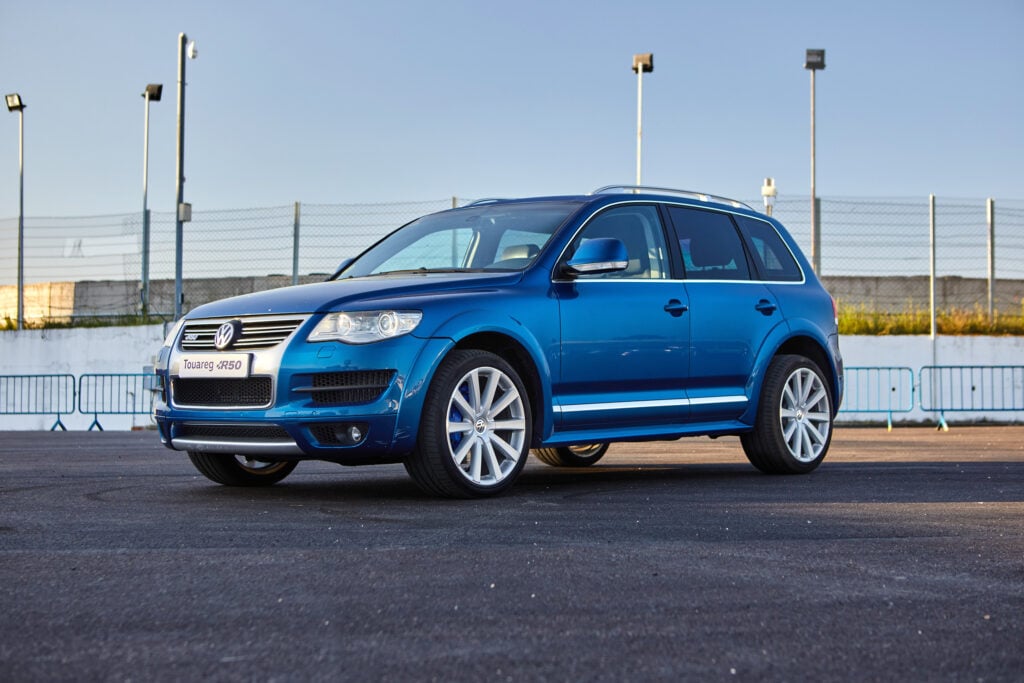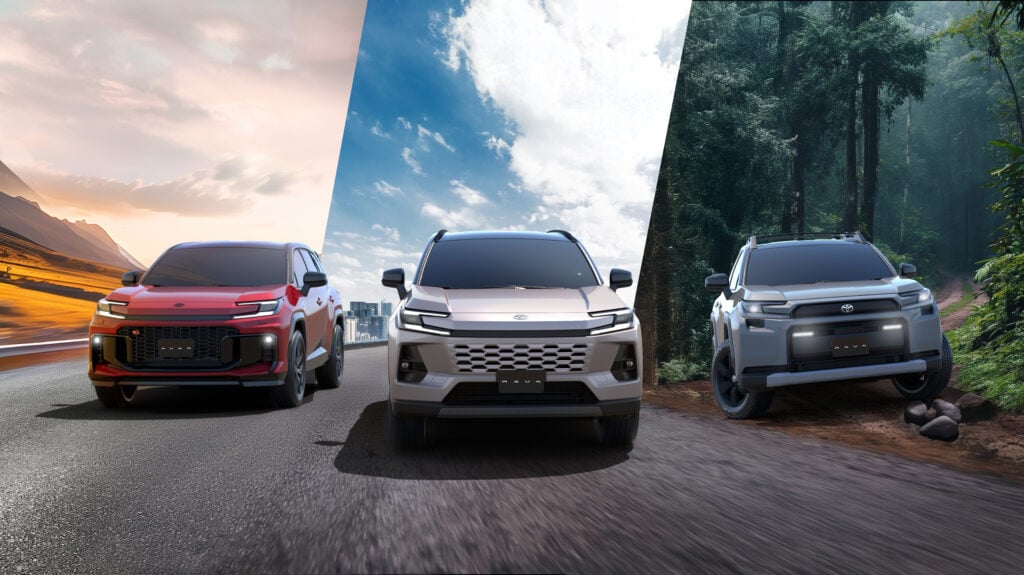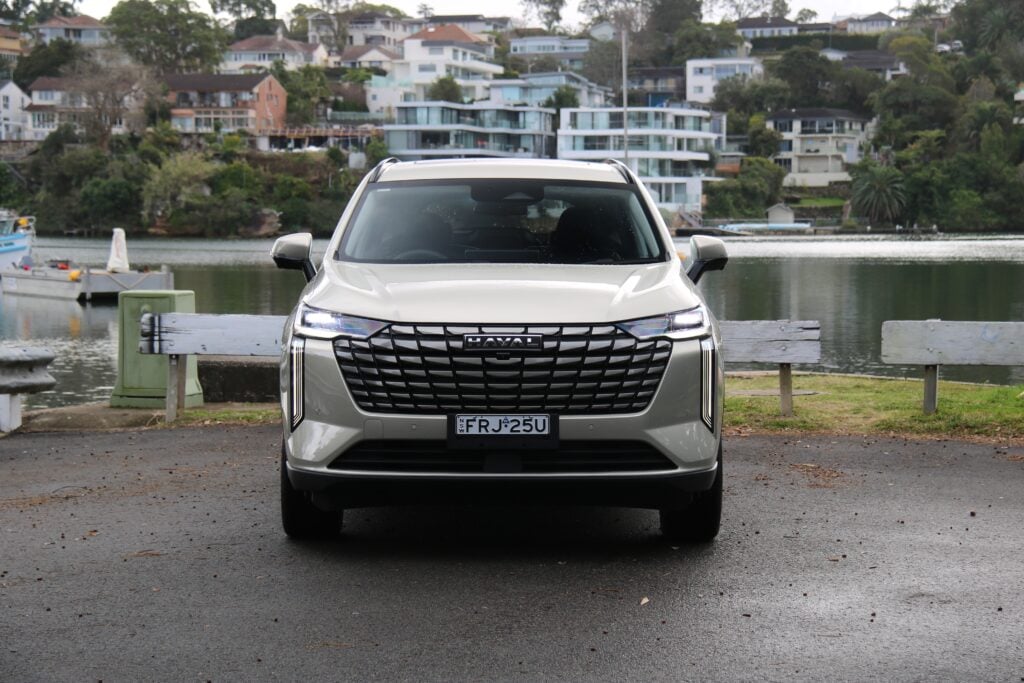Porsche must be tiring of wearing the lazy tag for not making radical changes to its cars every few years.
Forget the fact that the brilliance of the 911 dictates that evolutionary changes have been enough to keep it right at the pointy end of things, and that a design born better than four decades ago can still stuff it to the rest of the world.Forget, too, that buyers can be confident that the Porsche they buy this year won’t be completely upstaged by next year’s model and, therefore, won’t have its resale value slaughtered.
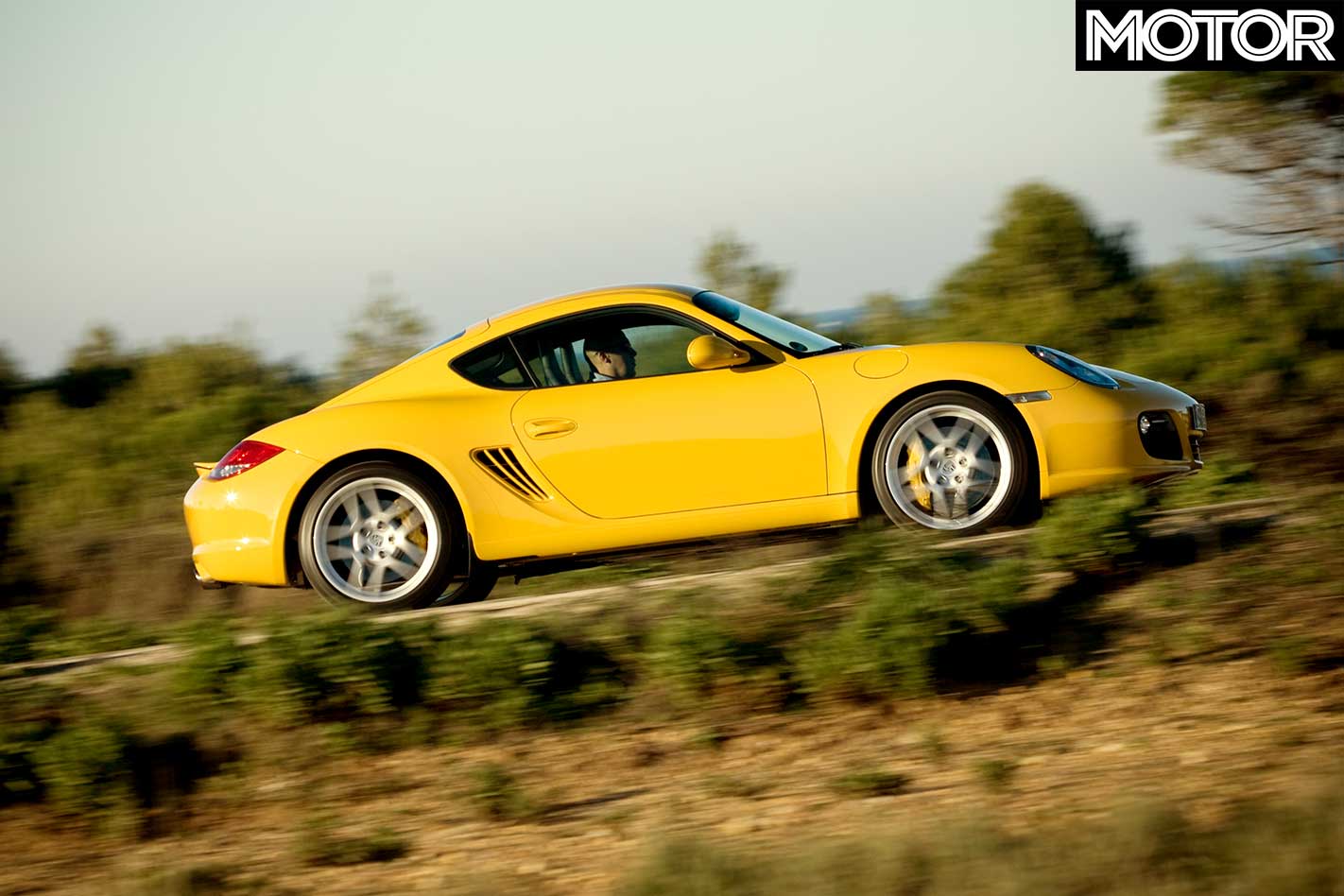
In fact, while they mightn’t admit it, we’d almost bet that other car makers would love to be able to fiddle here, hone there and confine a decade’s alterations to the odd nip and tuck, rather than a Pamela Anderson-magnitude trip to theatre.Of course, if Porsche has become a bit thin-skinned about all the big-mouths who would have it reinvent its cars every nine years like the rest of the industry, it plainly isn’t showing it.Not only has the updated 911 arrived with a direct-injection engine and the optional new double-clutch PDK (which stands for something like Computer-maken, Clutchen-pullen, Flippen-flappen) gearbox and the tiniest visual changes, now the facelifted Cayman has arrived with approximately bugger-all bar the implementation of the same new technology.The Boxster will follow, too, and we can expect to see it and the new Cayman in local showrooms by mid-March. Mind you, even when you do see it, you’ll have to be a bit of a trainspotter to pick it as the new one. I know it’s cruel to laugh at the Germans, but there were sniggers all round when the slide showing the differences between the old and the new went up at a recent press launch.To make the point that there were some changes, the Porsche folks had to resort to a red highlighted line in an attempt to illustrate the new bits. It looked like somebody had marked the old model’s design drawings with a red crayon and, even then, you still had to look hard.But, in case you care, the front apron and spotlights have been tweaked and the rear splitter is a bit different. Not better or worse, just different.
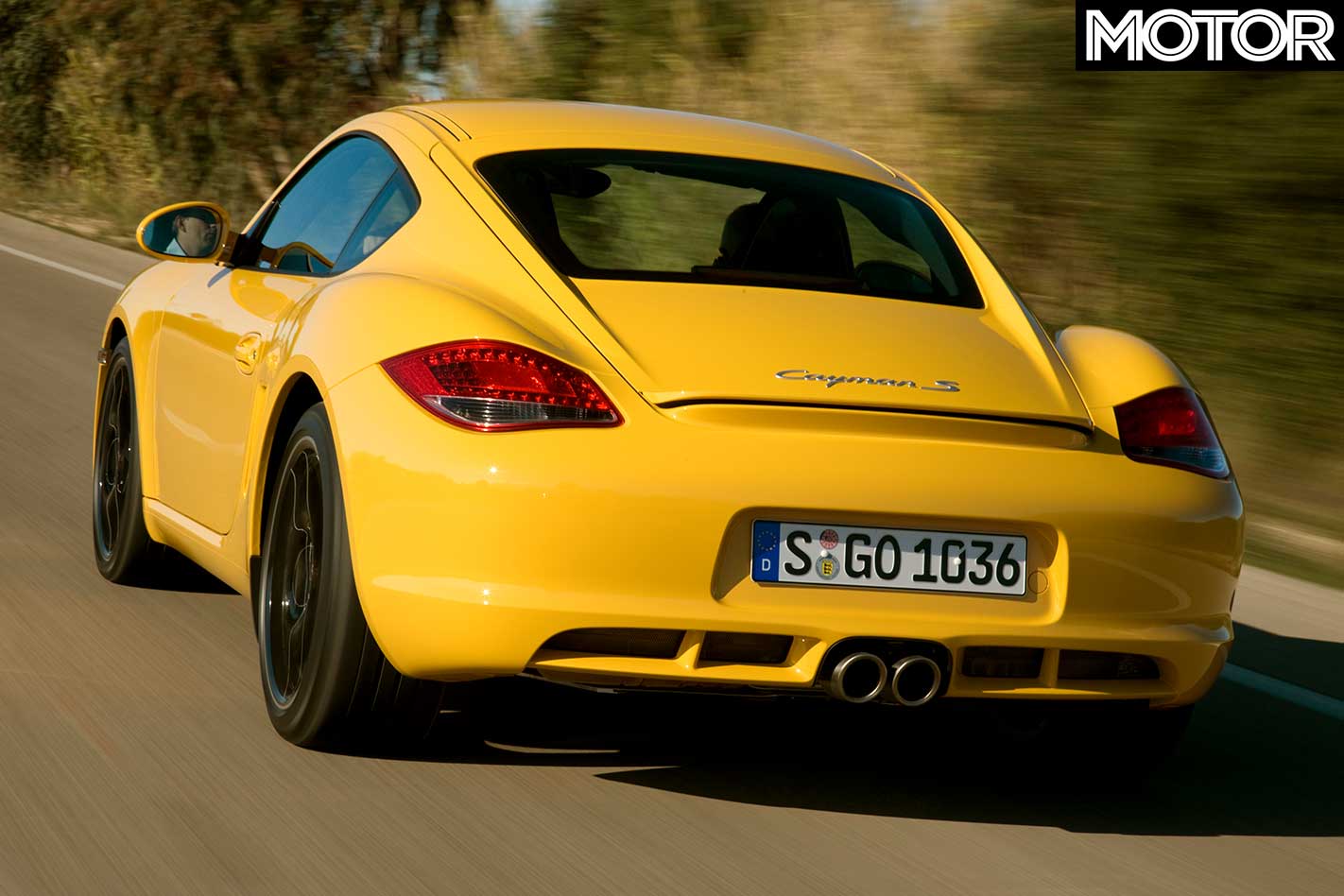
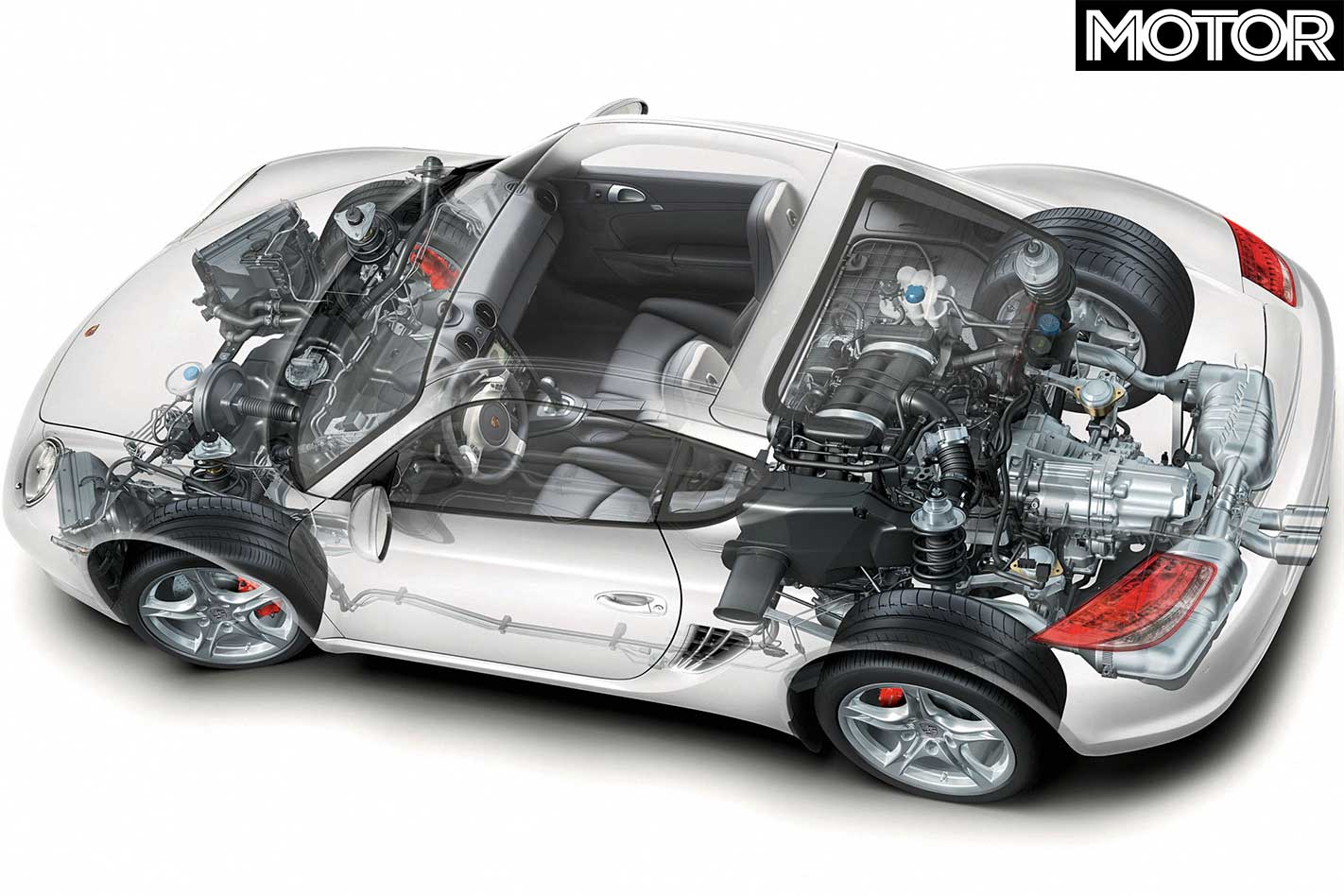
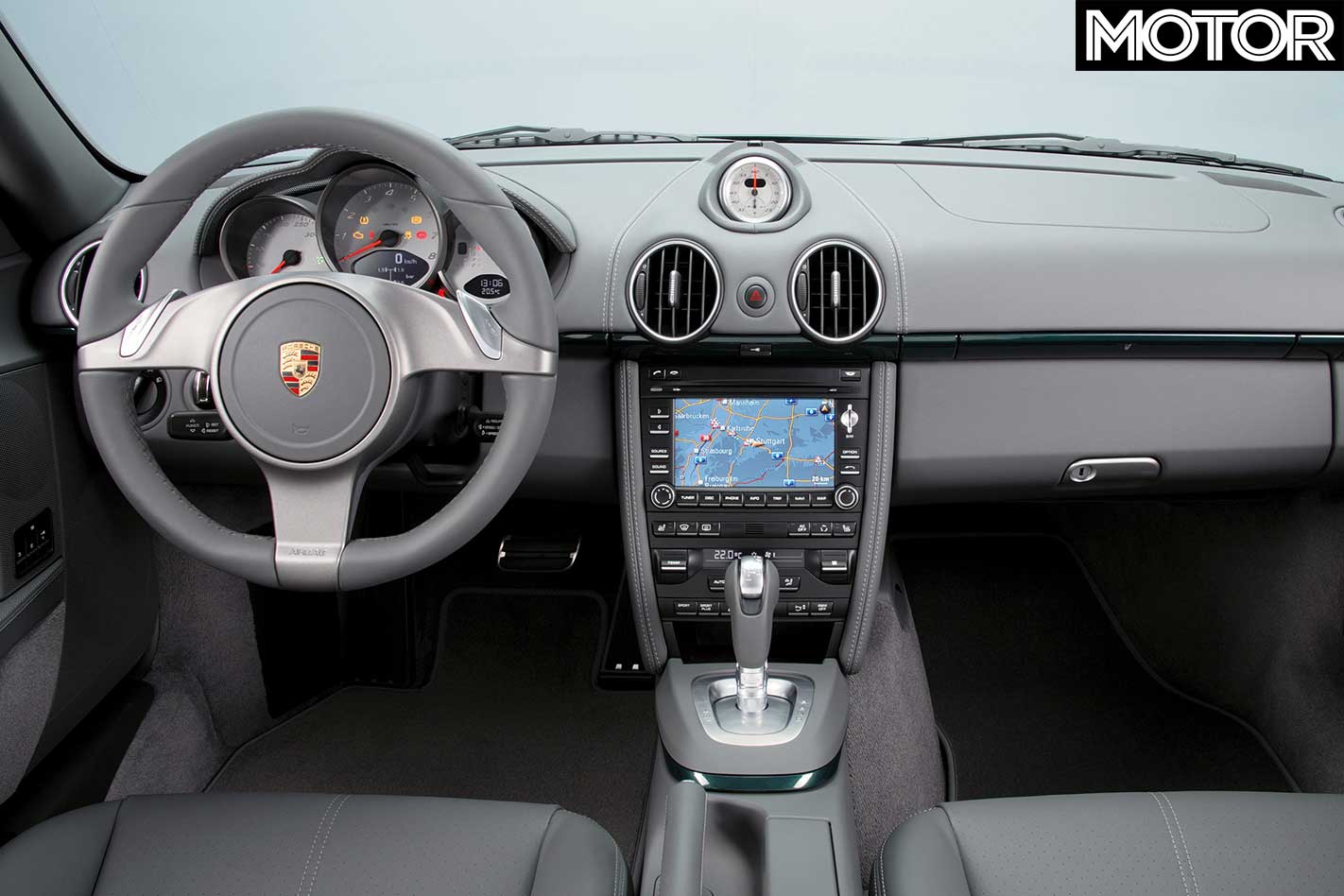
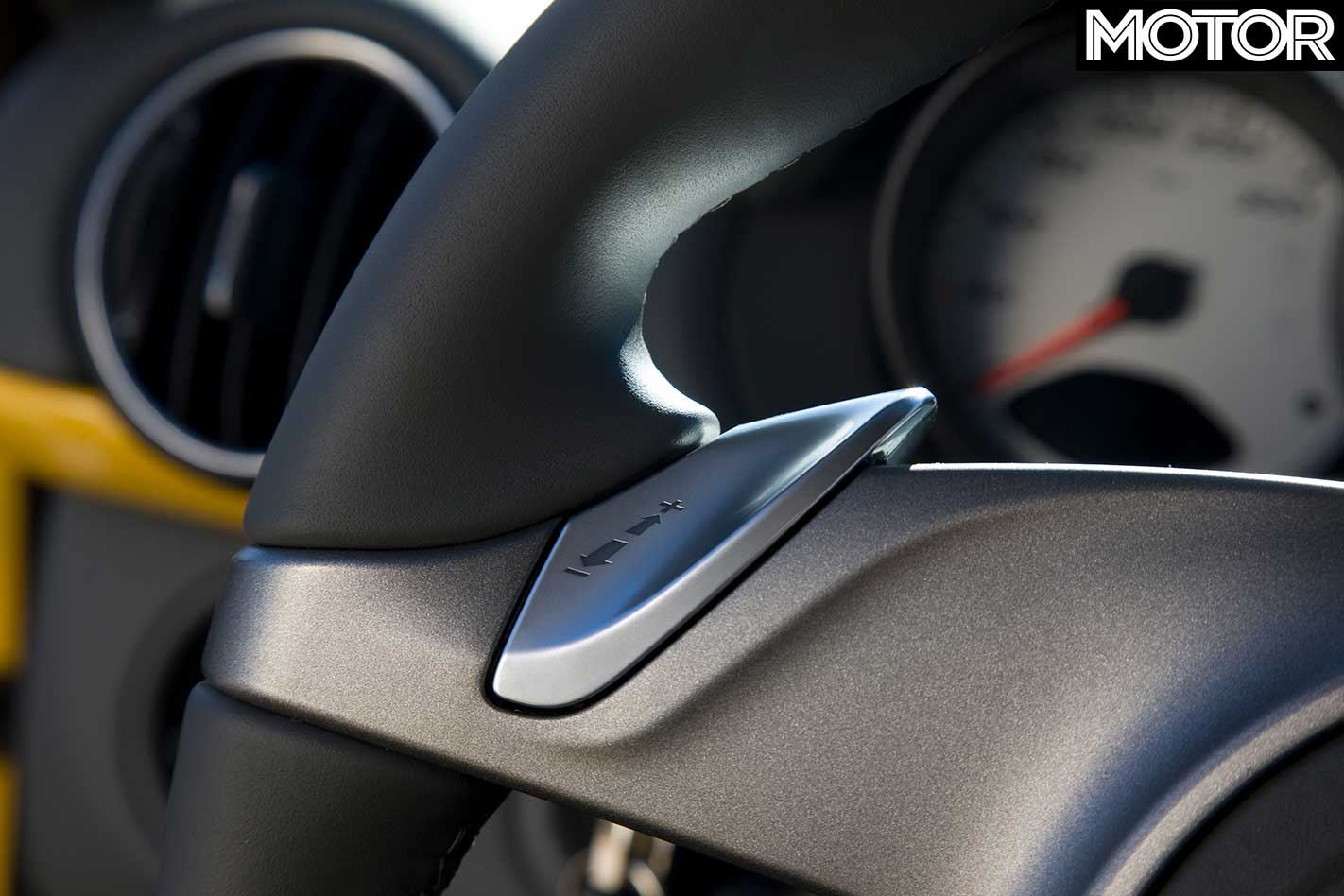
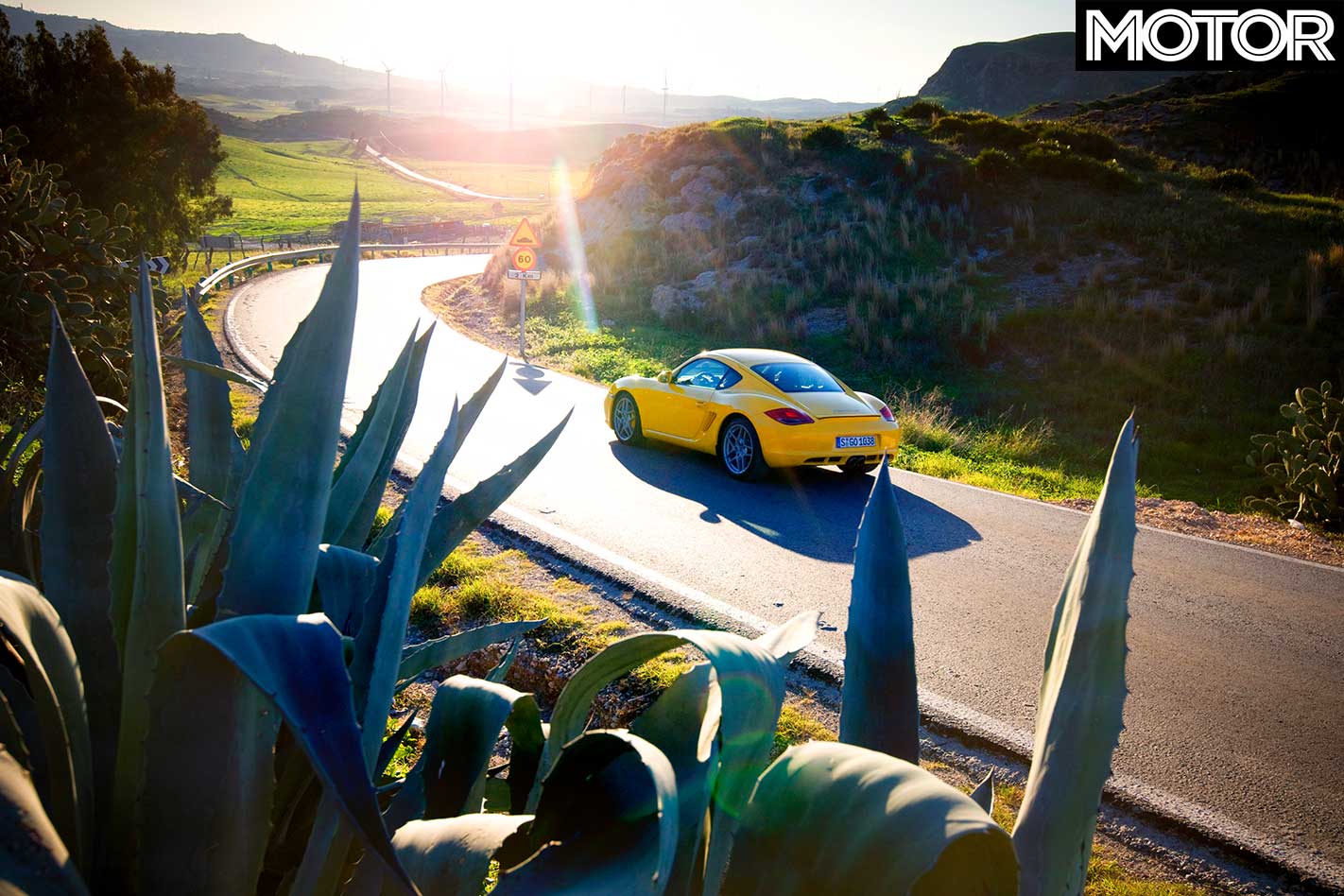
And if that wasn’t enough, fuel consumption has been slashed with a claimed 16-percent reduction in CO2, with the new engines both Euro 5 and ULEV-compliant.So, the driveline ticks all the boxes, but is the basic chassis starting to feel its age? Um, no, actually. And just to make sure that’s the case, there are a couple of new options to keep the Cayman at the front of the pack.The first is a mechanical limited-slip diff, which can achieve 27-percent lock-up on its max setting. But unlike some makers, Porsche hasn’t felt the need to control the thing via yet another ridiculous and unnecessary dashboard button. It’s all done by purely mechanical means and it tames the mid-engined Cayman’s slight tendency to lift and spin an inside wheel when you’re really hammering along through a corner.The other addition to the Cayman for 2009 is a set of utterly gorgeous ceramic brakes. Although these puppies are not cheap (figure on a cost option of anything up to $20,000), the 350mm rotors and monster calipers will no doubt be the option of choice for anybody venturing to the noisy side of pit-wall.
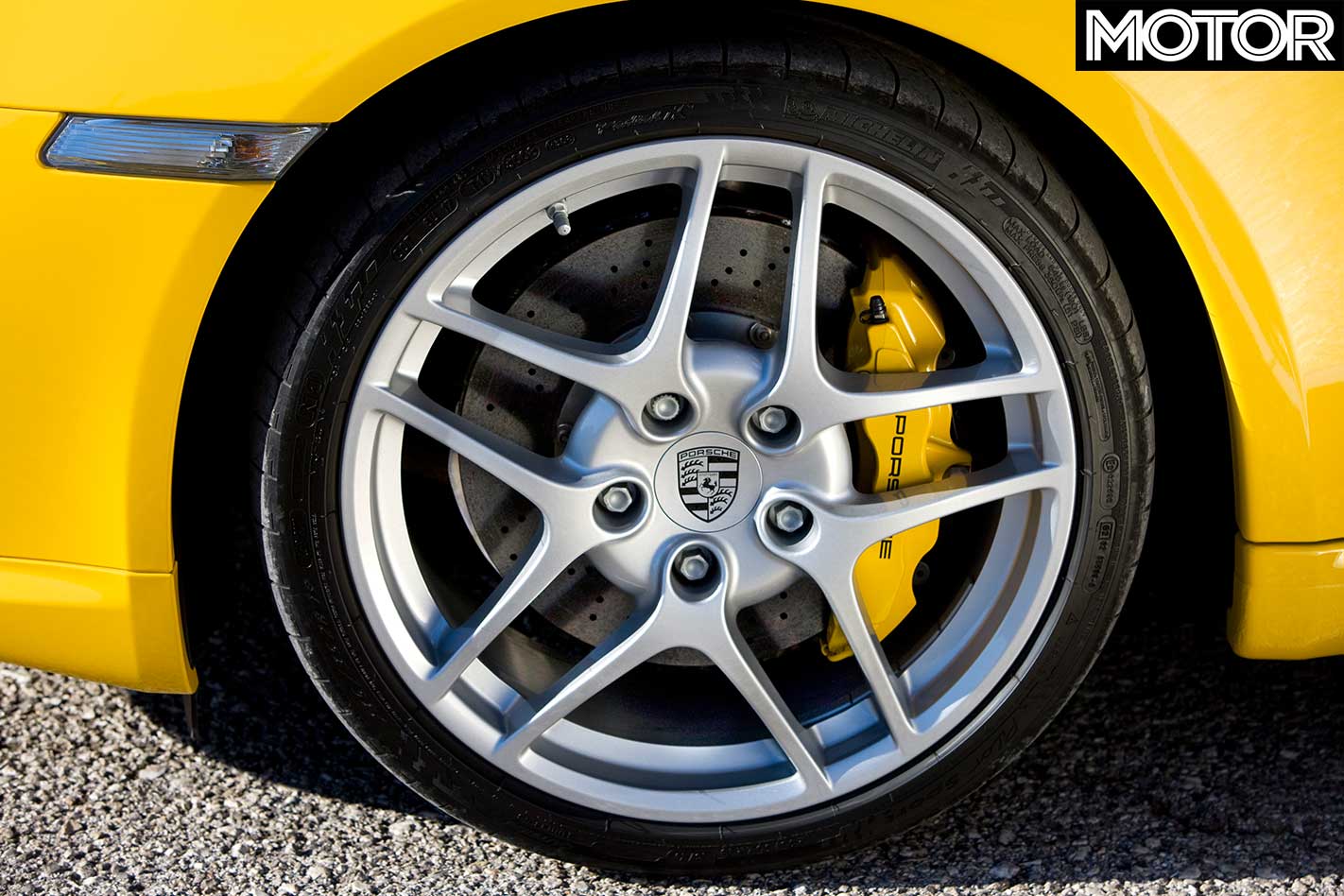
Fanging along some Spanish backroads, I soon work out that the mid-engine layout is a big plus for the inherent balance that it brings with it. But there’s more to it than that. There’s very little body roll and a tight sensation whenever you ask it to change tack, yet the ride remains almost unbelievably good regardless of the road surface.Okay, so this is all nothing new in Caymans (or is that ‘Caymen’?) but it still makes you grin like a loony whenever a series of twists looms into view through the windscreen. And that vista forward, where the bonnet disappears and all you’re left with are the gently bobbing tops of each mudguard, remains one of motoring’s great views.
No mention was made of price when the Porsche blokes hauled the covers off the Cayman recently, but the smart money suggests that the GEC (Global Economic Crisis) will force everybody, Porsche included, to keep a lid on things.
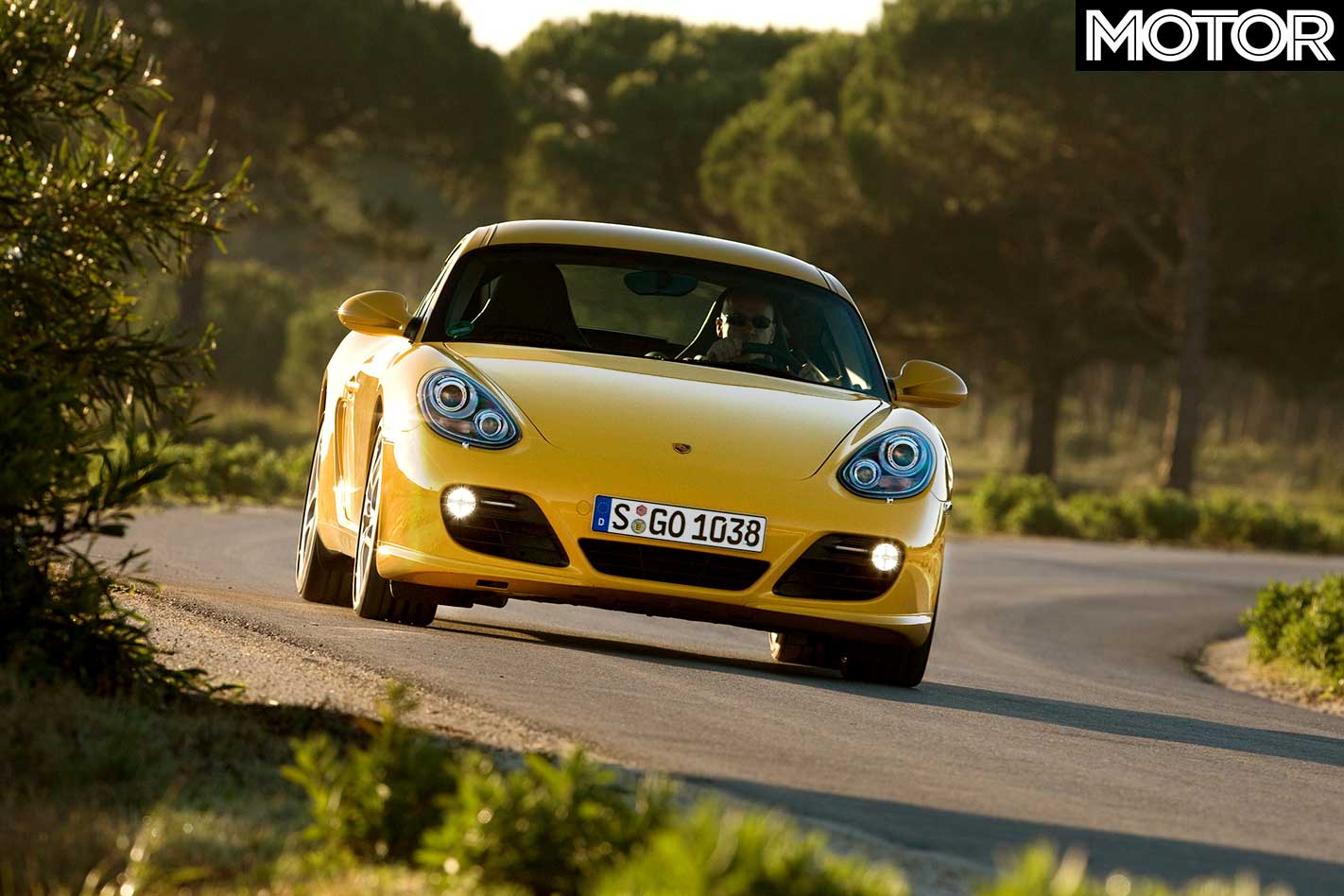
So we’re suggesting that the new Cayman S will cost around the same $150K as the current model, while you can expect the PDK transmission to add around the same $7000-odd it stacks onto the price of a 911. Sports-Chrono, diff, PCCB and 19-inch 10-spoke rim options, as tested, turn the Cayman S into a $180K-plus prospect.The only real question surrounding the Cayman has nothing to do with its abilities. Rather, it’s along the lines of: do I really need a 911? Porsche’s suits don’t believe the Cayman is a real threat to sales of the evergreen 911, but when the former is so damn good and makes all the right moves and noises for a lot less folding stuff, it’s a prospect that has to be considered.Sure, there’s nothing quite like a 911. But if anything has ever crept even remotely close, for far less money, it’s the new Cayman S.
2009 PORSCHE CAYMAN S PDK SPECS:

Body: 2-door, 2-seat coupe Drive: rear-wheel Engine: 3436cc flat 6, DOHC, 24v Bore/Stroke: 97.0 x 77.5mm Compression: 12.5:1 Power: 235kW @ 7200rpm Torque: 370Nm @ 4750rpm Transmission: 7-speed dual-clutch Ratios: 3.91/2.29/1.65/1.30/1.08/0.88/0.62 Final Drive: 3.62 0-100km/h: 4.9sec (claimed) Top Speed: 275km/h (claimed) Kerb Weight: 1350kg Power-to-Weight: 174kW/tonne Suspension: struts, locating links, adaptive dampers, anti-roll bar (f); struts, locating links, adaptive dampers, anti-roll bar (r) Length/Width/Height: 4347/1801/1306mm Track (f/r): 1486/1528mm Wheelbase: 2415mm Steering: power rack and pinion Brakes: 350mm carbon-ceramic ventilated/drilled discs, six-piston calipers (f); 350mm carbon-ceramic ventilated/drilled discs, six-piston calipers (r); ABS, EBD, PSM Fuel: 98 octane/65 litres Wheels: 19 x 8.5-inch (f), 19 x 10.0-inch (r); alloy Tyres: Michelin Pilot Sport; 235/35ZR19 (f), 265/30ZR19 (r) Price: $180,000 (est. as tested)
Likes: Handling, sharpness and ride better than ever; PCCB superb Dislikes: PDK’s unintuitive buttons and shifter, engine lacks ‘zing’ Rating: 9 out of 10 stars



